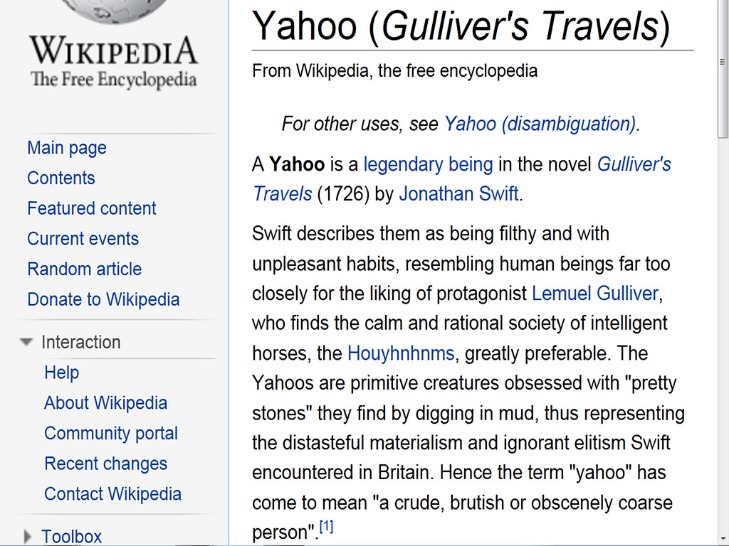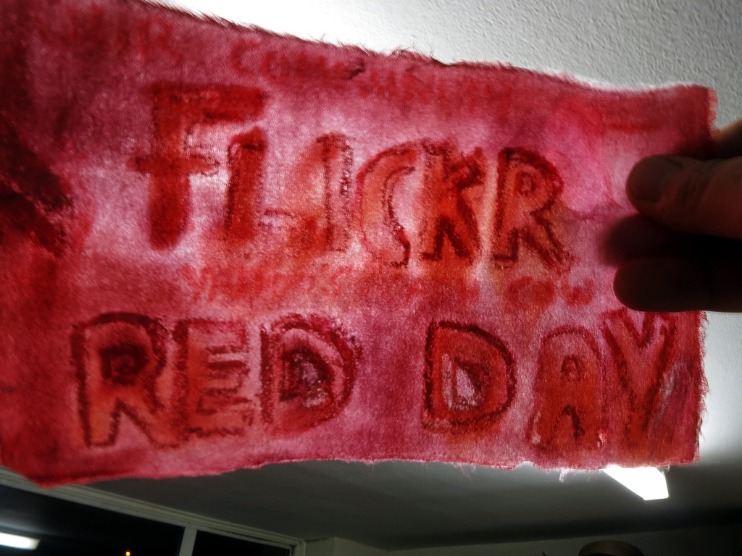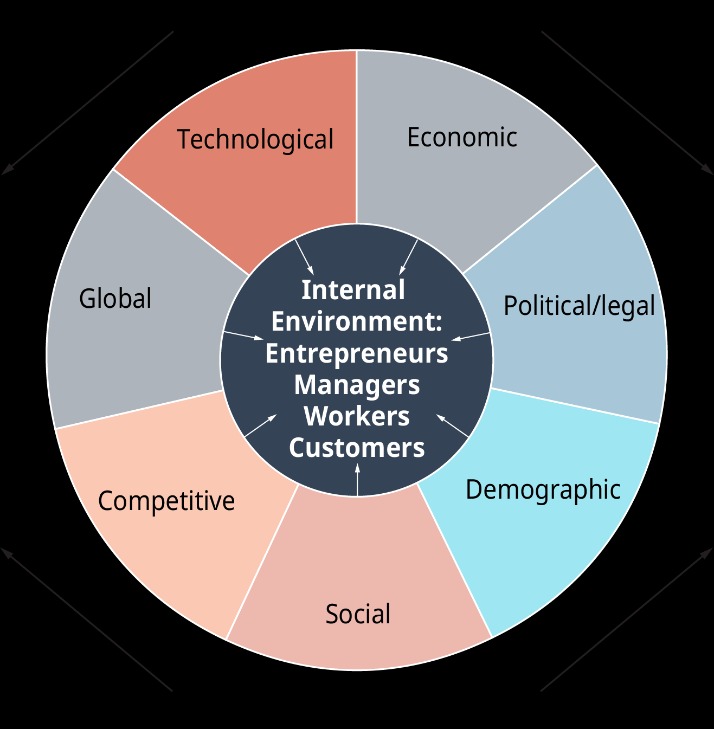
3.1 Place the most important content above the fold, and lead users down the page when there is more content to see. 2.3 Emphasize the unique value your site brings to your users, as well as how it differentiates from competitors. Unless your company name inherently gives away what you do, include a concise tagline on your homepage to communicate who you are and what you do. Your feedback buddy doesn’t need to log in to review your content.
Table of contents
We have over a decade of experience in creating websites that engage and delight users. As you develop a plan for your site’s design, you must create a style guide. A style guide ensures that your website keeps a consistent brand image and is cohesive across the board.
4 Provide Great UX

On the other end, your footer is where many users will instinctively scroll for essential information. In your footer, place contact information, a signup form, links to your common pages, legal and privacy policies, links to translated versions of your site, and social media links. In other words, it increases the level of trust your site conveys. And if you’re striving to build a site that provides the best user experience possible, credibility goes a long way.
Accessibility Considerations
Apart from this, Divi’s strength is its compatibility with caching plugins. Whether you use WP Rocket, W3 Total Cache, or another popular option, Divi works well with these tools, helping you maximize your site’s performance. A fast-loading website looks professional and trustworthy, encouraging visitors to stay longer and explore more. This increased engagement can lead to higher conversion rates, whether you aim for sales, sign-ups, or sharing information. Remember, a well-organized site isn’t just more accessible to the eyes – it’s easier on the brain. And that means visitors are more likely to stick around and do what you want them to do, whether buying, signing up, or reading more.
What is hierarchy in web design?
Visual hierarchy refers to the arrangement or organization of elements within a design in a way that guides the viewer’s eye through the content in a specific order of importance. It’s about creating a clear and logical structure that helps users navigate and understand the information presented.
Below, the BBC website makes it obvious that the article you’re reading is in the Sport, Football, and European football categories. The user can find more information about any of these topics by clicking on the link. Your header bar makes it easy for people to find the information they need from any page on your site. The Z pattern is similar except instead of moving back to the start of the line below, the reader follows a diagonal line back to the left side of the page. This is typically how people view pages with less information, like landing pages.
- There is also a type of symmetrical balance called radial balance, where objects radiate from a central point.
- In Western cultures, people tend to read from left to right and from top to bottom in an “F” pattern.
- For a deeper dive into this topic, see our guide to web accessibility.
The page with the white space looks far better and is easier to read. This is an extreme example, but it clearly shows the benefits of using white space in your web design. Access templates and pre-built blocks to make designing a great-looking site easy. Build your site for free, then choose a paid plan when you’re ready to publish. The key is to put the most essential information in the top left and add the other elements along the Z pattern. If you don’t already have a logo, automated logo generators from Logo Creator, Shopify and Adobe will create one for you instantly.
As a visual page builder, Divi allows you to design stunning websites without needing any coding skills. Whether you’re just starting or are seasoned in web design, Divi’s user-friendly drag-and-drop interface makes bringing your ideas to life straightforward. Additionally, make sure your website is responsive and functions well on all devices, including mobile devices. This ensures a seamless experience for all users, regardless of how they access your site. A drop-down menu lists all pages available after users click or hover over it. Typically used by online retailers, this type of menu is suitable for websites with many pages, as it reduces clutter while allowing easy access.
Thoughtfully curated content examples are more effective in communicating your value than broad, umbrella terms. Displaying samples of your site content on your homepage helps users form a mental model of your site and encourages them to explore further. For instance, a mere link labeled Product Spotlight that directs to a category page pales in comparison to showcasing a curated selection of featured products. The homepage is one of the most important pages of any given website. It is often the first — and possibly the only — chance to captivate and engage a user. A well-designed homepage should guide users towards their goals with clarity and precision, while effectively reflecting the brand identity and site offerings.
Secondary elements, such as the input field and headline, support the primary CTA and provide context. This well-executed visual hierarchy makes the website easy to navigate and understand its purpose. By minimizing distractions, whitespace makes it easier for users to focus, process information, and understand what is important.


